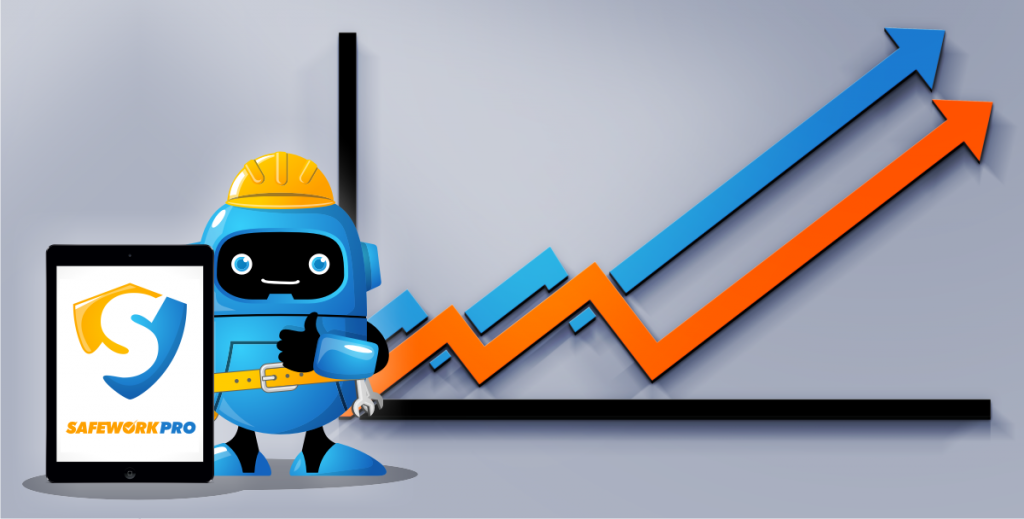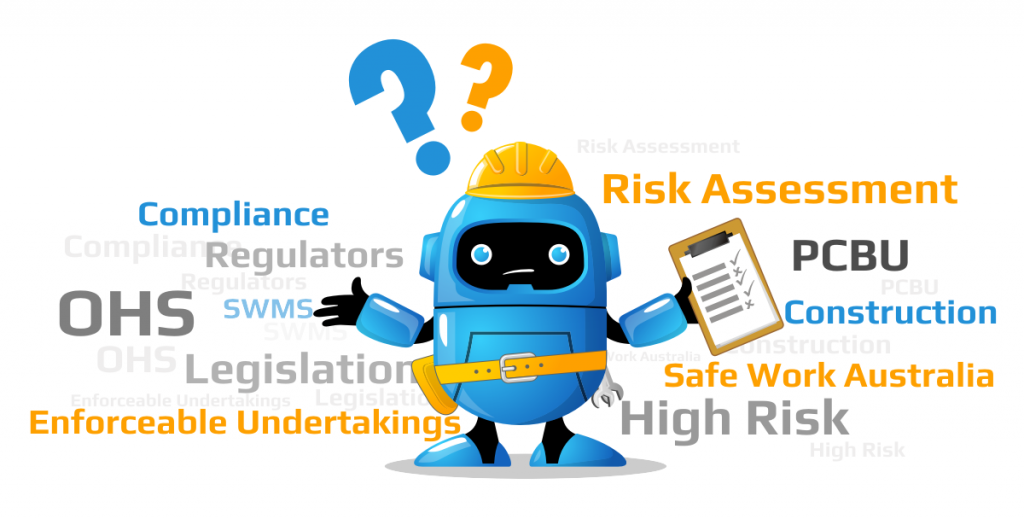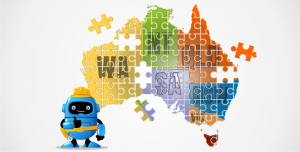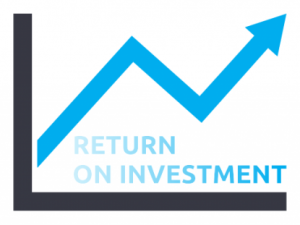Risk Assessment Tools
The risk assessment workflow traditionally associated with high risk construction work has a major flaw that many in the industry don’t know exists. Paper-based risk assessments, although standard industry practice, have a significant time-cost that cuts into business productivity and complicates safe work practices. Yet there are risk assessment tools available that can remove this issue without undermining workplace health and safety.
These tools are widely known as safety compliance software but are called other names including risk management tools and construction risk assessment software. All these tools relate to the risk assessment process – ie how construction workers identify hazards and implement control measures.

Although vital to safe work practices, risk assessment paperwork is a burden on employee workloads and backend administration. It takes up time on the worksite and back at the office when the paperwork is completed and filed. Yet as software alternatives continue to develop, new risk analysis tools are entering the market and they have the ability to streamline this entire process.
These digital tools take the paperwork out of the risk assessment process. Automated forms take the user through the risk assessment process step by step – just like in a traditional risk analysis table – but every entry is saved and can be used in a future worksite of a similar nature. At every point in the various stages of risk assessment, risk assessment tools like software aim to increase time efficiency and in turn business productivity.
There are many software alternatives to the paper-based risk assessment process in the market but SafeWorkPro was developed in direct consultation with electrical contractors and workers. For more information on the SafeWorkPro software, you can read What is SafeWorkPro? or you can checkout our blog.










